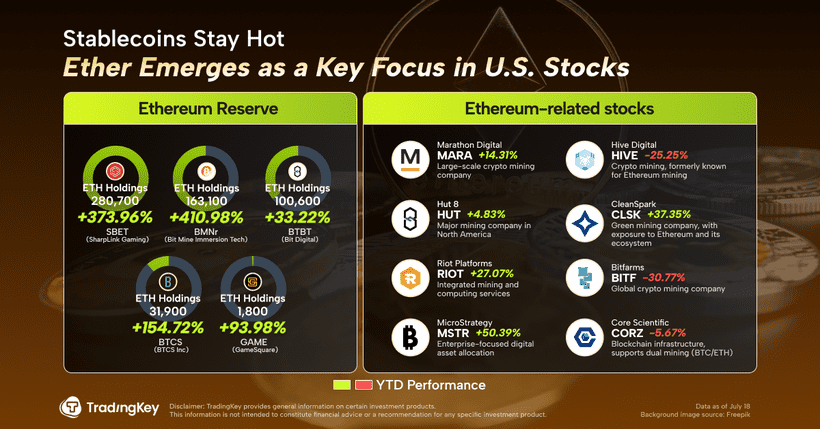S&P maintains stable sector view for European insurers

By Rebecca Delaney
July 18 - (The Insurer) - S&P Global Ratings has maintained its stable sector view for European insurers, the rating agency said on Thursday.
In its mid-year outlook, S&P highlighted strong diversification at most European insurers, along with their ample capital surplus against the capital level required to maintain their current ratings.
"European insurers' and reinsurers' robust performance is reflected in several upgrades year to date, compared with only one downgrade," said Volker Kudszus, credit analyst at S&P.
S&P currently holds stable outlooks on 82% of its European insurance ratings, with five updates in the year to date, including Convex, Allianz SpA and Talanx. The rating agency also affirmed the ratings for Helvetia and Baloise following their merger announcement, as well as Ageas' A-plus rating after it announced plans to buy esure.
In the year to date, S&P has also revised the ratings outlook for MS Amlin AG and MS Amlin Insurance SE to positive from stable, as well as for Axa Group.
The mid-year outlook noted increasing competition among non-life primary insurers, with "elevated but softening" reinsurance premiums and high attachment points constraining primary carriers' margin prospects.
It noted that while this may have increased profits in years with less natural catastrophe activity, the rising frequency of floods, hailstorms and wildfires has diminished the potential upside to profits. However, S&P said it does not expect the rising cost of nat cats to materially affect European P&C insurers' profitability.
European insurers also face high motor claims inflation. In the UK, motor insurance prices are expected to decline by about 5%, the outlook said.
"While we rarely view top-line growth as a key aspect in our credit rating analysis of insurers in developed European markets, we closely monitor claims inflation, which exceeded CPI inflation in recent years. Given the negligible effects of recent tariff and geopolitical developments on CPI expectations, we expect claims inflation will remain the main concern for European primary non-life insurers," said the report.
"Claims inflation results from higher costs for car parts and garage repairs. In some markets, including the UK, most motor insurers have already increased premiums to compensate for the rise in claims. In countries such as Germany, however, motor insurers still have some way to go to adjust premium rates."
The report continued that reinsurers are still benefiting from favourable conditions, although pricing has started to soften selectively, which will require reinsurers to provide more attractive terms and structures for cedants.
More generally, S&P said that while geopolitical risks are not expected to abate in the second half of 2025, the rating agency has forecast in its base case that operating performance will remain in-line with H1 results.
Operating performance of many rated European (re)insurers were "mainly unaffected" by various military conflicts, tariff announcements and subsequent capital market volatility in the first half of 2025.
Nevertheless, trade conflicts affecting capital markets and insurers' investments remains at an elevated risk level, with elevated claims inflation and muted top-line growth in life insurance both unchanged at a moderate risk level.
Structural risks (cyber risks and potential increase in disruptions linked to climate change and the energy transition) remain at an elevated level.

.jpg)



